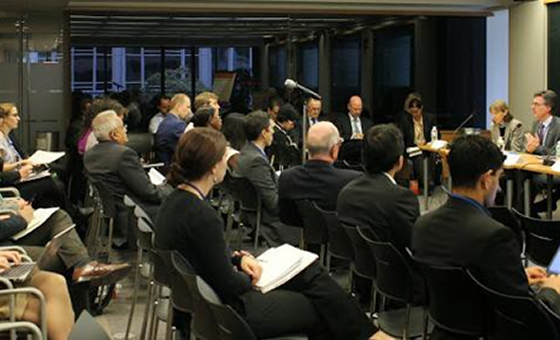AID & Development Forum Participation – Washington DC
The event was held May 21st – 22nd, and was the second of its kind convened this year. The Aid & International Development Forum (AIDF) is the world leading forum for the humanitarian aid, relief and development sectors .This integrated exhibition and conference aimed at the humanitarian relief and development sector, tackled issues central to day-to-day operations for those providing services.
The principal aim to bring together procurement professionals, practitioners and policy leaders from governments, UN, NGOs and private organizations to highlight the challenges faced by the aid and development sector, share best practices, exhibit new technologies and services and create new partnerships was well accomplished. The conference format was unique, in that it blended (right down to being set up the same room) policymakers, public and private humanitarian activists and merchants to stimulate maximum information exchanges.
Everyone at the conference had the opportunity to participate in meaningful and interactive workshops. The general motif that permeated the sessions was that both aid and development budgets and delivery systems have changed. USAID, Millennium Challenge Corporation and other Aid agencies are proposing revisions in the allocation of funds for development, as well as management requirements for recipient organizations. The old models of AID which some believe was entangled with sometimes crippling dependency on donors is no longer preferable. The recipient understands and willingness of how to successfully leverage support and strategic partners, and move through AID is the anticipated replacement methodology. The business of humanitarian Aid was definitely evident.
There were rescue wagons, wheeled water carriers, modular building panels, disaster food supplies, and a myriad of water solutions. Of particular note to PROFOH was the work of the International Medical Corps. There work is much like what PROFOH does, but with a focus on building self reliance through training of and technical assistance for indigenous communities where they serve. The training of trainers fits well with the way donor organizations are moving now; and may be something that our organization adopts and expands to attract greater funding.
Continue Reading
